SUMMARY
This is AI generated summarization, which may have errors. For context, always refer to the full article.
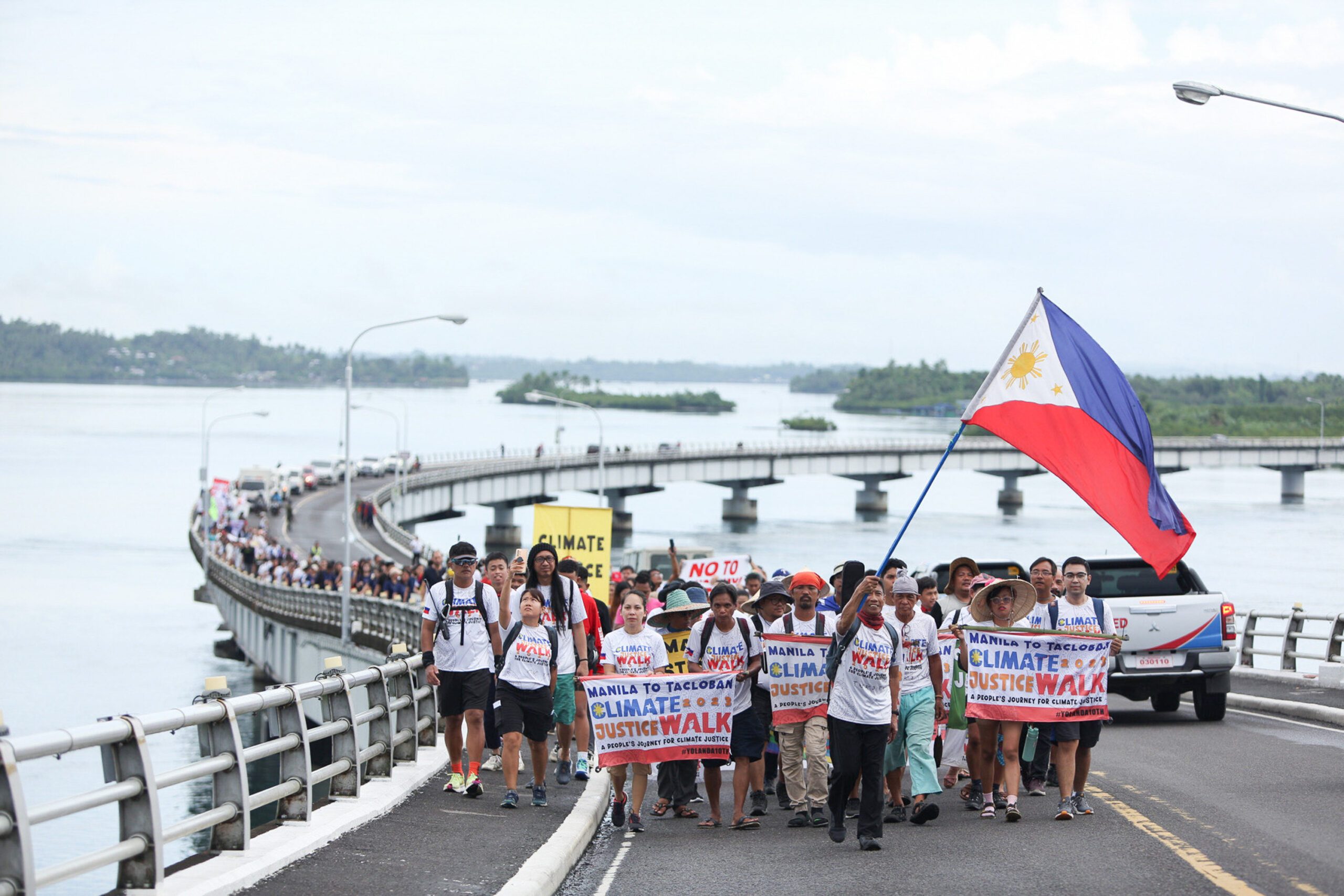
MANILA, Philippines – Despite the Philippines being among the most climate-vulnerable countries in the world, it has consistently failed to use up government funds for disaster preparedness, mitigation, and response, according to a study by Oxfam Pilipinas.
The study, published on Wednesday, November 8, found that a total of P118.4 billion of Disaster Risk Reduction and Management (DRRM) funds were unspent from 2016 to 2020.
This figure was obtained by adding the P80.02 billion of funds that were allotted but not spent and thus were carried over to succeeding years and the P38.42 billion that was appropriated (meaning set aside in the government budget to be spent on a specific program) but not allotted (meaning not yet covered by an allotment authorization from the budget department that would bring it a step closer to being spent).
This means that, over five years, 26% of the P150 billion in DRRM funds approved in national budgets was unreleased.
Most of the underspending happened at the local level when it came to the use of Local DRRM Funds. This was followed by underspending of the disaster funds of national government agencies and, lastly, the underspending of the national agencies’ Quick Response Funds (QRF).
“It represents the magnitude of lackadaisical DRR spending in the Philippines; a missed opportunity to improve resilience in every year that it is supposed to be spent,” said Oxfam Pilipinas.
From 2017 to 2020, local governments failed to spend P124 billion or more than half (54%) of their Local DRRM Funds, which include the local Quick Response Fund.
Bigger disaster budgets amid slow use of funds
Audits of disaster funds showed that while they have grown every year, the rate by which the national and local governments spend them has not caught up.
This widening gap between the funds available and the funds that actually get spent on projects and programs means a waste in funds meant to help vulnerable Filipinos cope with typhoons, heat waves, drought, and other climate impacts.
In 2016, P5 billion was allotted for the National DRRM (NDRRM) Fund. Of this, around P2 billion or 40% was spent. Four years later, the NDRRM Fund grew 10 times to P51.5 billion, but only P11 billion or 21% of this was actually used.

How about the use of the QRF given to each national agency for response and recovery efforts?
The gap was smaller here, largely due to the COVID-19 pandemic.
From 2016 to 2019, the gap between funds allotted and funds spent had been getting larger. But come 2020, or the year the pandemic kicked in, the gap shrunk because agencies used the QRF for pandemic-related programs.
In 2020, the unspent balance was actually slightly lower than the funds spent, a first since 2016. Even then, P9.8 billion in QRF was unspent that year – the first year of a global health crisis marked by thousands of deaths all over the country.
There also continues to be an allotment-spending gap, though getting smaller, when it comes to Local DRRM (LDRRM) Funds – funds set aside in the budgets of local governments to prepare and respond to disasters and emergencies.

In 2017 (no 2016 data was available), LDRRM Fund allotment was at P50.7 billion. Only 35% was spent. Fast-forward to 2020, the LDRRM fund allotment grew to P82 billion, but only 61% was used, leading to P31.8 billion in public funds that remained in government bank accounts.
Reasons for underspending
Why are national government agencies and local governments consistently failing to fully utilize their disaster preparedness and response funds?
Oxfam Pilipinas echoed reasons stated in Commission on Audit (COA) audit observation memoranda, letters from COA addressed to agency heads or authorities explaining deficiencies in their accounting, transactions, and operations.
The reasons were as follows:
- Confusion of some national government agencies on what can be charged against QRF
- Lack of takers and difficulty of complying with documentary requirements
- Lack of inventory, recording, or documents; or use of improper ones
- Charging for non-disaster-related expenses
- Unauthorized disbursement
- Lack of DRRM plans
- Failure to create policy guidelines on how to use the funds
- Wastage of goods for distribution
- Delay in late releases of the Special Allotment Release Order, the budget department authorization that allows for payments to be made to implement a project
- Delay in conduct of detailed engineering design
- Lack of construction materials in the market
- Delay in cash assistance distribution and non-food items
- Delay in the procurement process
- Delay in the preparation and approval of annual investment plans
Aside from these, other systemic factors contribute to underspending. It could be the chronic lack and high turnover rate of local disaster staff. The study noted how in some small localities, the tourism officer would double as the local disaster response head.
Some local disaster offices would get little support from the mayor or governor. Their planning and implementation for disaster preparedness and mitigation would be delayed because of the late approval of their local government’s budget.
‘Reactive’ spending, focus on infrastructure
Comparing how localities used up their disaster funds also revealed an interesting pattern.
Local governments were more likely to underspend on mitigation than on response.
Oxfam found that, among the 41 local governments they sampled, the mean rate for underspending of mitigation funds was at 33%, compared to just 17% underspending of the Quick Response Fund.
“This means that the QRFs are mostly utilized by LGUs, reminiscent of the COA findings pointing to LGUs’ spending pattern as ‘reactive,'” read the Oxfam study.
So what if local governments aren’t using up mitigation and preparedness funds as much as the quick response funds?
Mitigation funds refer to the 70% of the Local DRRM Funds that are reserved for projects meant to prepare for future calamities or emergencies. These are more preemptive projects, like setting up a crop insurance facility for farmers, flood-control projects, building evacuation centers, training personnel, or putting up rain-catchment systems to prepare for drought.
In other words, while quickly addressing needs of calamity victims in the aftermath of a disaster is important, so is early preparation to protect people from these impacts even before they are felt.
“It will be better if local governments proactively utilize their 70% mitigation/preparedness funds that do not require a declaration of state of calamity, instead of merely expending their 30% QRF when disaster strikes,” said Oxfam Pilipinas.
In climate change parlance, preparedness is part of adaptation to climate change – changing the way communities live in a way that prepares them for calamities way before they hit.
Oxfam also noted how local governments seemed to have a limited understanding of projects that could be bankrolled by the mitigation and preparedness funds they were given.
Many tend to focus on infrastructure projects, which comprised the biggest bulk of mitigation projects at 30.16%.
These projects consisted of evacuation center construction, flood control projects, road rehabilitation, and reservoirs for farms.
It is a testament to the pandemic’s impact on disaster spending that expenses related to it were the next biggest on the list, accounting for 28.34% of expenses.
In contrast, spending on assistance that would strengthen the long-term capacities of citizens and better prepare them, like insurance, assistance for returning residents, and animal disease prevention, accounted for only 4%.
The 70% mitigation and preparedness funds could also be used by local governments to provide more targeted and appropriate climate and disaster programs for vulnerable groups – women, children, the elderly, and persons with disabilities.
Yet another finding of the Oxfam Pilipinas study was how many government programs don’t meet the needs of these groups.
Good news
While underspending of disaster funds remains a problem, the data showed the situation was improving.
In the past five years, there was a downward trend in the rate of underspending. Looking at the mitigation and prevention funds underutilization, for instance, showed that, while it peaked in 2017 with 41% of funds unspent, it decreased to just below 30% in 2021.
“This smooth flow indicates a slow progress in utilization,” said Oxfam Pilipinas.
As for QRF underspending, it was at 25% in 2017. Four years later, it went down to 10%.
That this decline in underspending was more dramatic in the QRF numbers was again proof that local governments tend to spend on disasters in a reactionary rather than a preparatory or preventive way.
To fight chronic underspending, Oxfam Pilipinas recommended the government be a stricter watchdog against the phenomenon.
They advised changing national policies that were “apparently lenient on underspending” and imposing a stricter threshold on underspending.
“Falling short of that critical level should be meted with some form of fiscal disincentives, if not legal prosecution against the accountable officers, e.g. inability to access loans, inability to obtain increases in the succeeding years’ budget, etc.,” read the study.
The group also recommended the government cut bureaucratic red tape, from the planning phase to procurement to implementation.
Another way to improve the disbursement of mitigation and preparedness funds, which comprised a bulk of local and national DRRM funds, was to allow them to cover assistance that will be distributed even before a hydrometeorological type of disaster hits.
Oxfam referred to these as “anticipatory actions” and included distribution of cash assistance even before the disaster or emergency situation arises, provided there were clear science-based parameters when this would be triggered.
The Philippines is likely to face rising sea levels, drought, heat waves, and more catastrophic storms in the coming years due to climate change, according to scientists.
An October survey by Pulse Asia found that 65% of Filipinos, a big majority, said they had felt the effects of a changing climate. Even more, 71%, believed the effects of a warmer planet were dangerous to themselves and their families.
To underscore the importance of proactive instead of reactive climate and disaster spending, Oxfam Pilipinas released their study on the 10th year anniversary of Super Typhoon Yolanda (Haiyan), the deadliest storm to hit the Philippines in recent history.
The group’s executive director Erika Geronimo said: “We cannot afford another Haiyan devastating people’s lives. We learned the hard way that the best way to reduce the impacts of a climate crisis is by preparing early for an imminent disaster.” – Rappler.com
Add a comment
How does this make you feel?
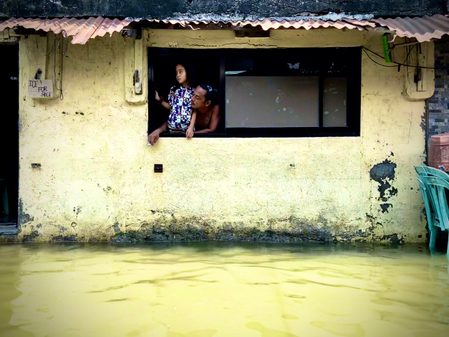



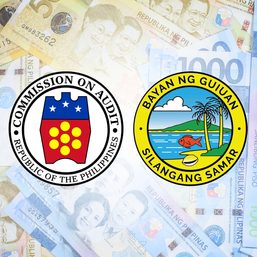

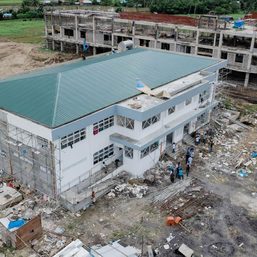
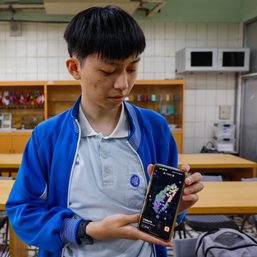

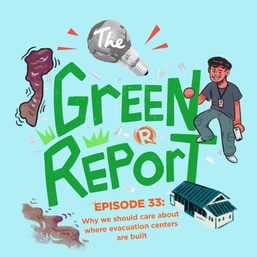
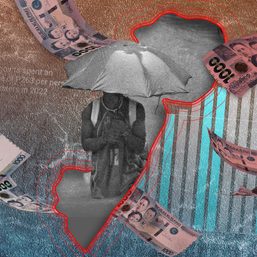
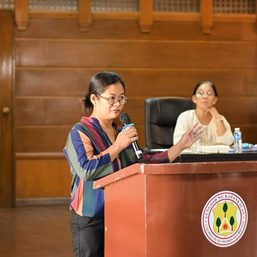
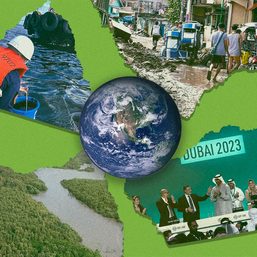

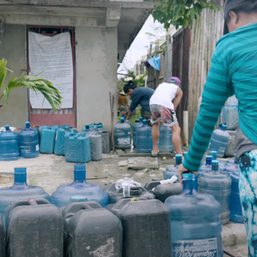
![[Under 3 Minutes] Kumusta na ang Yolanda housing projects?](https://www.rappler.com/tachyon/2023/11/title-card-ls-3.jpg?resize=257%2C257&crop_strategy=attention)
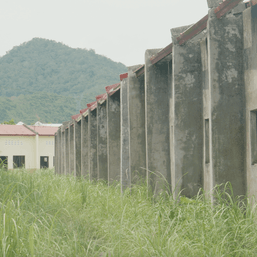
There are no comments yet. Add your comment to start the conversation.